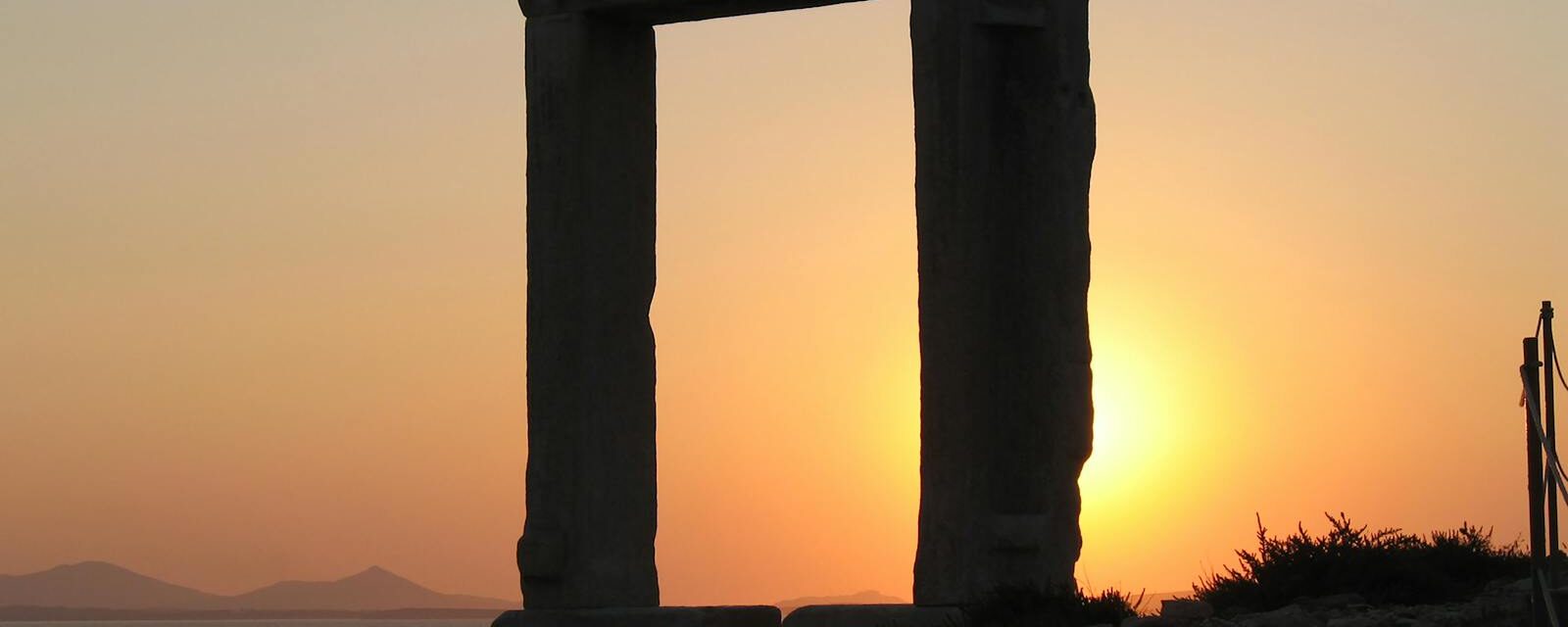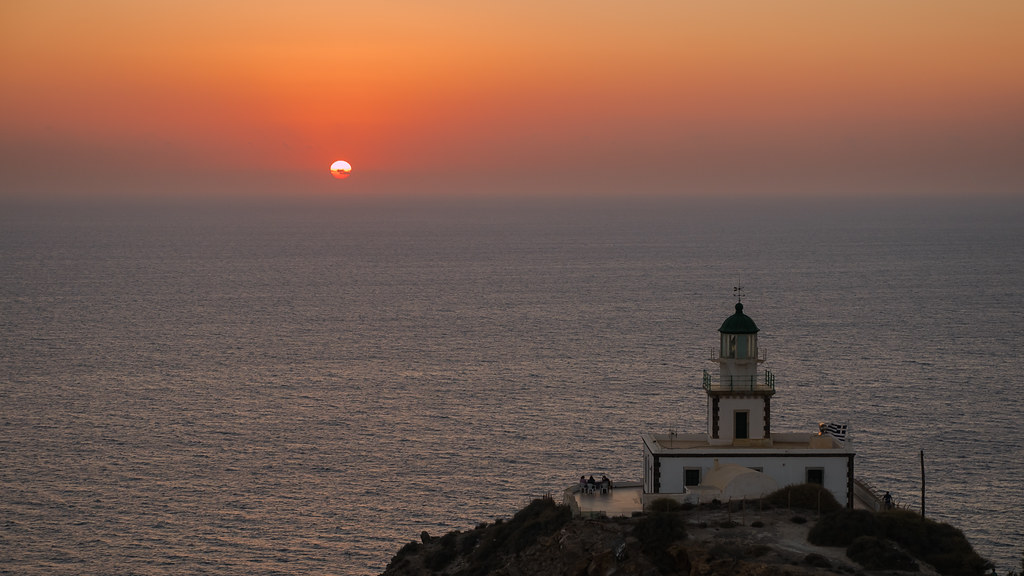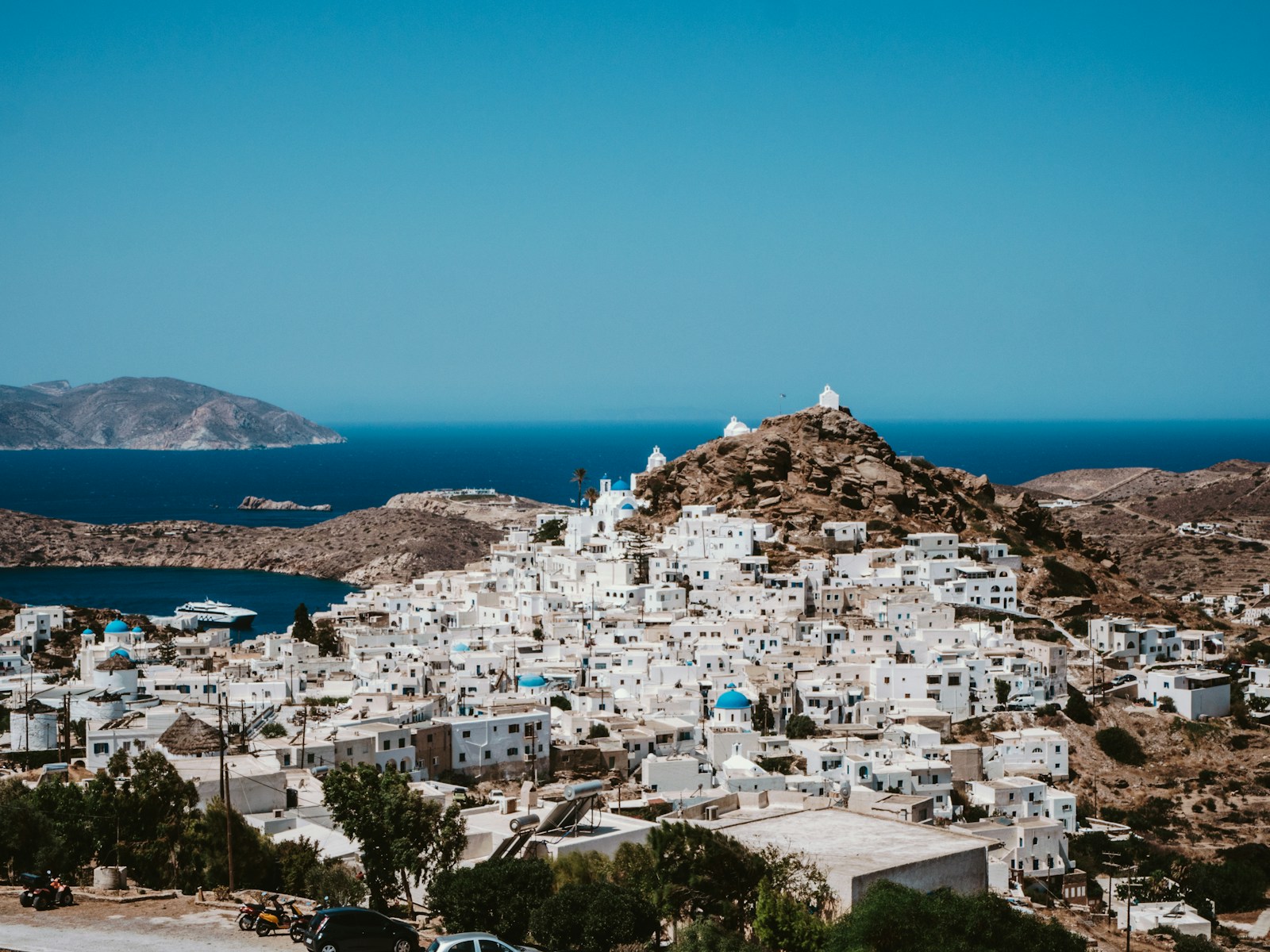Embark on a journey to Greece and experience the magic of the Portara – a grand marble gateway perched on Palatia islet, near Naxos’ port. This majestic structure is all that remains of an unfinished temple devoted to Apollo, the deity of light, music, and poetry. Despite its incomplete state, the Portara continues to draw global visitors, captivated by its sheer beauty and enigmatic aura.
In this blog post, uncover the captivating history behind Apollo’s Temple and the architectural splendor of the Portara. Understand its paramount cultural importance to Naxos and the broader Greek heritage. Moreover, find out how to witness the breathtaking spectacle of the Portara framing the sun during its mesmerizing sunset descent into the ocean. Whether you’re passionate about history, art, or nature, the Portara promises a compelling adventure that you won’t forget.
The Enigmatic History of Apollo’s Temple
The Portara stands as the sole survivor of what was intended to be one of Greece’s most splendid edifices. Yet, the origins of its construction and the reasons behind its incomplete state are enveloped in layers of mystery and fascination.
The Vision of Lygdamis
In 530 BC, under the rule of Lygdamis, the tyrant of Naxos, the ambitious project of the temple began. Lygdamis, propelled by a vision of grandeur, aimed to construct a temple that would stand in rivalry with those dedicated to Olympic Zeus in Athens and Hera in Samos. He selected the islet of Palatia, easily reachable via a land bridge, as the site for this magnificent structure. Furthermore, he desired the temple to be oriented toward Delos, the sacred birthplace of Apollo—the deity associated with light, music, and poetry. Lygdamis planned for a massive structure, measuring 59 meters in length and 28 meters in width, surrounded by a peristyle of 6×12 columns, utilizing the graceful Ionic order. The dedication of the temple was likely intended for Apollo, though Dionysus, the god of wine revered by the locals, or perhaps Athena, the goddess of wisdom, were also considered. The precise intended deity remains a matter of speculation.
The Unfinished Legacy
The ambitious dream of Lygdamis came to an abrupt halt in 524 BC, when his dominion over Naxos was overthrown by a Spartan intervention. Consequently, the temple’s construction was left abandoned, with only the colossal Portara, its entranceway, reaching completion. The Portara, comprising four marble blocks each weighing about 20 tons, served as the gateway from the entrance hall to the temple’s main chamber. The foundational structures and the encircling columns were left incomplete. In the Middle Ages, a Christian church found its home among the ruins, only to be later dismantled by the Venetians for the construction of the Kastro fortress and other structures. The immense weight of the Portara saved it from being moved and ultimately destroyed. It now stands as a silent witness to the former grandeur and the mystifying history of Apollo’s Temple on Naxos.
Architectural Marvel: Analyzing the Portara
The Portara stands not just as a historic monument, but as an architectural wonder. This ancient structure is a testament to the incredible engineering and craftsmanship of old, crafted from the local white marble sourced from Apollonas, at the northern tip of its island. The structure’s immense doorway is made up of four separate lintels, with each imposing block weighing in at around 20 tons. The question that baffles many is how the ancient architects managed to move and erect these gigantic stones without the aid of modern technology. Ingeniously, they utilized winches and scaffolding, alongside their meticulous measurements and calculations, to achieve this feat.
A Gateway to the Heavens
The Portara is revered not only for its engineering prowess but also as a beacon of spirituality and cosmology. It serves as a gateway to the heavens, perfectly aligned with the sacred isle of Delos, where Apollo—god of light, music, and poetry—was born. Positioned to face the west, the Portara offers a breathtaking view as the sun dips below the horizon, painting the sky with vibrant hues. This mesmerizing scene attracts countless visitors, eager to experience the moment the gate appears to cradle the setting sun. Some even attribute mystical powers to the Portara, believing it can grant wishes to those who pass through its frame at sunset. Beyond its physical beauty, the Portara symbolizes the intersection between earthly and divine realms, linking the ancient and the modern, reminding us of Apollo’s Temple in Naxos and its mysterious legacy.
The Portara Today: A Beacon for Cultural Exploration
The Portara stands as both a historical and architectural wonder, and a beacon for cultural exploration. It draws visitors from across the globe, eager to bask in its beauty, unravel its mysteries, and delve into the ancient splendor and enigmatic history surrounding the Temple of Apollo in Naxos. The Portara also epitomizes the rich and diverse heritage of the island, shaped by a multitude of civilizations and cultures over the ages.
Sustainable Tourism and Preservation Efforts
As a pivotal historical landmark, preserving the Portara is of utmost importance. The local authorities vigilantly protect it, and archaeological research is regularly conducted to further understand its historical significance and backstory. Nevertheless, given its exposure to natural elements and considerable age, maintaining the structure is a continuous endeavor. A significant challenge for the Portara is balancing tourism and conservation, as it stands among the island’s most visited landmarks. Sustainable tourism practices are promoted, including respecting the site, refraining from littering, and supporting local enterprises. The Portara symbolizes the island’s identity and pride, meriting our utmost care and respect.
Experiencing Apollo’s Temple: Tips for Visitors
For those wishing to fully embrace the Portara and Apollo’s Temple, here are several visitor tips. Firstly, the Portara is situated on a small islet, a brief stroll from Naxos Town’s harbor. Its location, prominently against the sea, makes it an unmissable sight. The terrain may be uneven in places, so sensible footwear is recommended. Secondly, the Portara welcomes visitors at all hours without an entrance fee, allowing you to explore at your leisure and enjoy vistas of Naxos Town, the harbor, and the Aegean Sea. Thirdly, the Portara is particularly breathtaking at sunset, as it seemingly frames the descending sun. This moment draws many visitors, hoping to capture the magic and perhaps make a wish as they pass through the gate. The Portara also serves as an excellent spot for unforgettable photography, so having your camera ready is a must. Ultimately, the Portara is more than a mere monument; it is a gateway connecting the heavens, the past, and the present—a place to experience the union of the human and divine, and the ancient with the modern. It offers a window into the beauty, mystery, and rich cultural tapestry of Naxos.
Conclusion
The Portara stands as a monument to the incredible feats of ancient engineering, embodying spirituality and a deep understanding of cosmology. This majestic structure, the sole survivor of an unfinished temple devoted to Apollo—the god of light, music, and poetry—graces the islet of Palatia, adjacent to Naxos’s bustling port. Offering breathtaking views of the sunset melting into the sea, the Portara is more than just a historical relic; it’s a gateway to exploring the cultural layers that have enriched the island of Naxos. Through centuries of diverse civilizations and cultural influences, Naxos has cultivated a rich tapestry of heritage, with the Portara at its heart—a testament to the island’s beauty, mystery, and ancient magnificence.
If a unique and unforgettable experience in Greece is what you seek, the journey to the Portara and Apollo’s Temple in Naxos is an opportunity you shouldn’t miss. Imagine standing before the colossal gate, the sun framing it perfectly as if by divine design, bridging the gap between humanity and the gods, the ancient and the modern. As you explore, you’ll be fed with tales of Apollo’s Temple’s ancient glory and mysterious past, and the rich, diversified culture of Naxos. Don’t delay, make plans to visit Naxos today and immerse yourself in the wonder that is the Portara.


